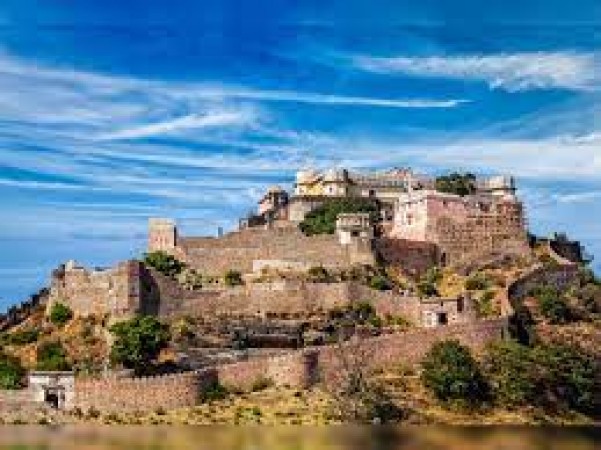
India, known for its rich history and cultural heritage, continues to surprise the world with hidden treasures. Among these wonders is a remarkable structure often overshadowed by its more famous counterpart in China – the "Great Wall of India." This imposing fortification stands as a testament to India's ancient engineering prowess and strategic military acumen. Let's embark on a journey to uncover the secrets of this extraordinary marvel.
The Great Wall of India: A Historical Marvel
The term "Great Wall of India" refers to a series of fortifications built across various regions of the country. Unlike the continuous stretch of the Great Wall of China, the Indian counterpart comprises diverse structures scattered throughout the subcontinent. These fortifications served multiple purposes, including defense against invasions, controlling trade routes, and asserting regional power.
Origins and Evolution
The origins of the Great Wall of India can be traced back to ancient times, with some fortifications dating as far back as the Maurya Empire (circa 322–185 BCE). However, it was during the medieval period that many of the significant fortifications were constructed or expanded upon by various dynasties, including the Rajputs, Mughals, and Marathas.
Architectural Diversity
One of the most fascinating aspects of the Great Wall of India is its architectural diversity. Each region boasts unique styles and techniques influenced by the ruling dynasty, local geography, and defensive needs. From the formidable forts of Rajasthan to the coastal fortifications of Maharashtra, every structure tells a story of ingenuity and resilience.
Engineering Feats
The construction of the Great Wall of India showcases remarkable engineering feats considering the technological limitations of the time. Many forts were built atop hills or rocky outcrops, utilizing natural defenses and enhancing their strategic advantage. The use of materials such as stone, brick, and lime mortar ensured the longevity of these structures, with some remaining remarkably intact to this day.
Strategic Significance
The strategic significance of the Great Wall of India cannot be overstated. Beyond their defensive capabilities, these fortifications served as administrative centers, trade hubs, and symbols of power. They facilitated governance, protected valuable resources, and fostered economic prosperity in their respective regions.
Preservation Efforts
Despite facing the ravages of time, warfare, and neglect, numerous efforts are underway to preserve and promote the Great Wall of India. Government agencies, heritage organizations, and local communities are working together to restore dilapidated structures, conduct research, and raise awareness about their historical importance.
Unlocking the Mysteries
While much is known about certain segments of the Great Wall of India, vast stretches remain shrouded in mystery. Archaeologists and historians continue to unearth new discoveries, shedding light on the lives of those who inhabited these fortifications centuries ago. Each excavation deepens our understanding of India's past and enriches our cultural heritage.
Embracing Our Heritage
The Great Wall of India stands as a reminder of our rich and diverse heritage. It beckons us to explore the annals of history, celebrate our collective achievements, and learn from the triumphs and tribulations of our ancestors. By preserving and cherishing these architectural marvels, we honor the legacy of those who came before us and ensure that their stories endure for generations to come.
Elderly man died due to overdose of Vitamin D, experts issued this warning
90% of people who have been gardening for years do not know about vinegar in plants